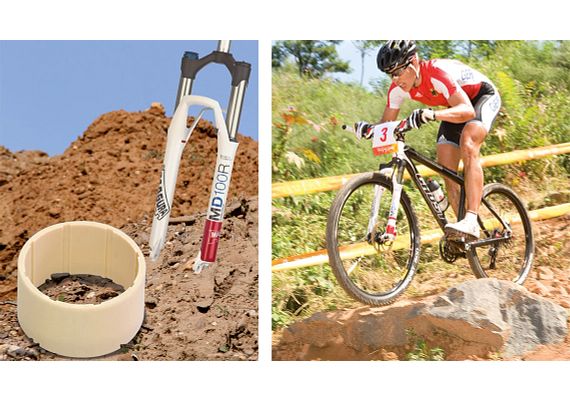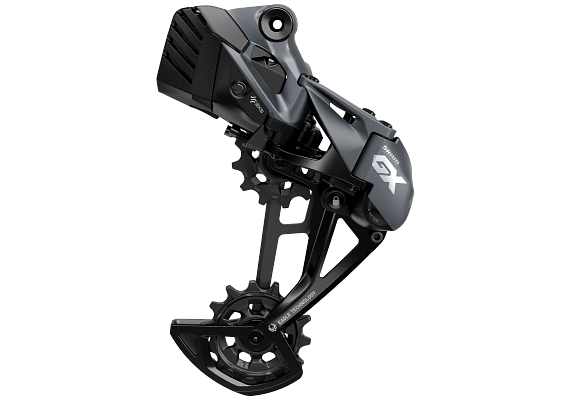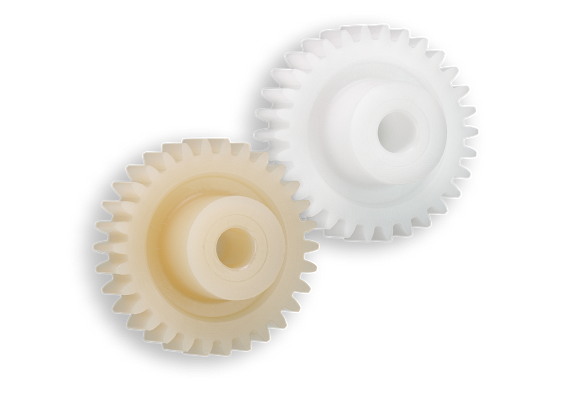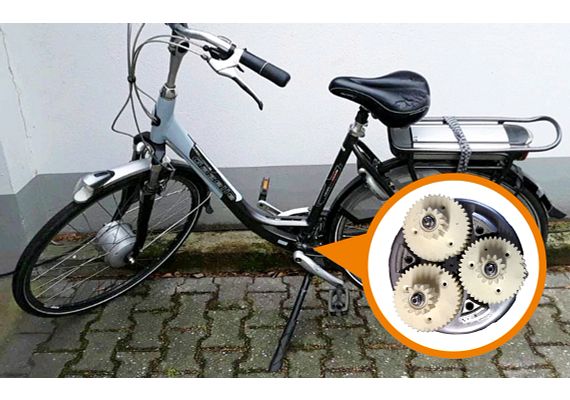Mountain bike bearings (MTB)
Lightweight plastic mountain bike bearings reduce the strain on the frame and can make the bicycle easier to manoeuvre. Moreover, the lighter the bike, the easier it is to travel uphill. Our iglidur® plain bearings are around 80 % lighter than metal bearings.
Would you like more information about bearings used within mountain bikes? Our experts will be happy to get in touch with you.
igus® bike magazine
motion plastics in bikes - exciting stories and product information for cyclists
Application examples
Where are our plain bearings used?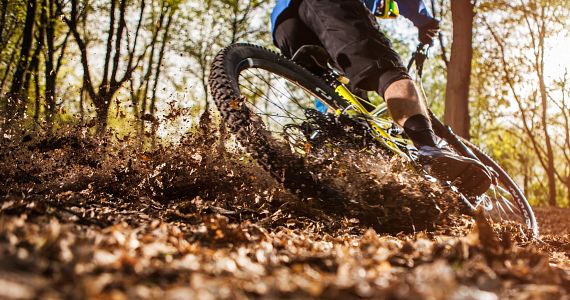
1 Vario seat post
1 Vario seat post
iglidur J guide rings
Suitable for linear movements
Good wear resistance at medium temperatures
Outstanding coefficient of friction, low slip-stick effect
Low moisture absorption and high media resistance
Resistant to edge pressure as well as shocks and impacts
Insensitive to dirt and dust
Not susceptible to expansion due to moisture or thermal influences thanks to the slot
2 Rear frame
2 Rear frame
iglidur J3 plain bearing
Excellent friction coefficients
Lightweight
Excellent wear resistance
Low moisture absorption and high media resistance
Good wear resistance under water
Resistant to edge pressure as well as shocks and impacts
Insensitive to dirt and dust
Lubrication-free
2 Rear frame
Thick-walled plain bearing iglidur M210
Particularly suitable for pivoting loads
Excellent friction coefficients
Good wear resistance
Low moisture absorption
Resistant to edge pressure as well as shocks and impacts
Insensitive to dirt and dust
Lubrication-free
Special material for thick-walled bearings
Enables 1:1 replacement of needle bearings
2 Rear frame
Lower weight and increased rigidity in the rear frame

3 Battery cover
3 Battery cover
Plain bearing iglidur GLW
Low-cost material for high-volume production
Resistant to shocks and impacts
Insensitive to dirt and dust
Resistant to high loads (>60N/mm²)
Lightweight
Lubrication-free

4 Brake lever
4 Brake lever
iglidur P plain bearing
Excellent coefficient of friction
Low moisture absorption
Resistant to edge pressure as well as shocks and impacts
Dirt-resistant and corrosion-free
Lightweight
Inconspicuous in black
Lubrication-free
4 Brake lever
Individually manufactured encoder piston in the Trickstuff Piccola

5 Suspension fork
5 Suspension fork
iglidur E plain bearings
Wear-resistant material for continuous operation
Low coefficients of friction
Particularly suitable for linear movements
Particularly long service life in combination with aluminium shafts
Vibration-dampening
Upper long-term application temperature 90°C
Upper short-term application temperature 120°C
5 Suspension fork
Guide ring iglidur J3
Very good wear resistance at medium temperatures
Excellent friction coefficients
High media resistance
Resistant to edge pressure, shocks and impacts
Lightweight
5 Suspension fork
Less weight with special plain bearings in the suspension fork

6 Shock absorber
6 Shock absorber
iglidur J3B plain bearing
Excellent friction coefficients
Excellent wear resistance
Low moisture absorption and high media resistance
Good wear resistance under water
Resistant to edge pressure as well as shocks and impacts
Insensitive to dirt and dust
Inconspicuous in black
Lightweight
Lubrication-free

7 Freewheeling
7 Freewheeling
Plain bearings iglidur J3 and W300
Excellent friction coefficients
Excellent wear resistance
Low moisture absorption and high media resistance
Good wear resistance under water
Resistant to edge pressure as well as shocks and impacts
Dirt-resistant and corrosion-free
Lightweight
Lubrication-free
▸ More about iglidur J3 and iglidur W300 in the shop
7 Freewheeling
Plain bearing iglidur Z
Very wear resistant especially at high loads and speeds
High thermal resistance up to +250°C
Impact-resistant and insensitive to edge pressure
Lubrication and maintenance-free
Standard range from stock
8 Dérailleur
8 Dérailleur
iglidur G plain bearings
Excellent coefficient of friction
Resistant to edge pressure
Insensitive to shocks and impacts
Particularly resistant to dirt and dust
Resistant to high loads (>60N/mm²)
Lubrication-free
8 Dérailleur
No bearing maintenance in the SRAM dérailleur
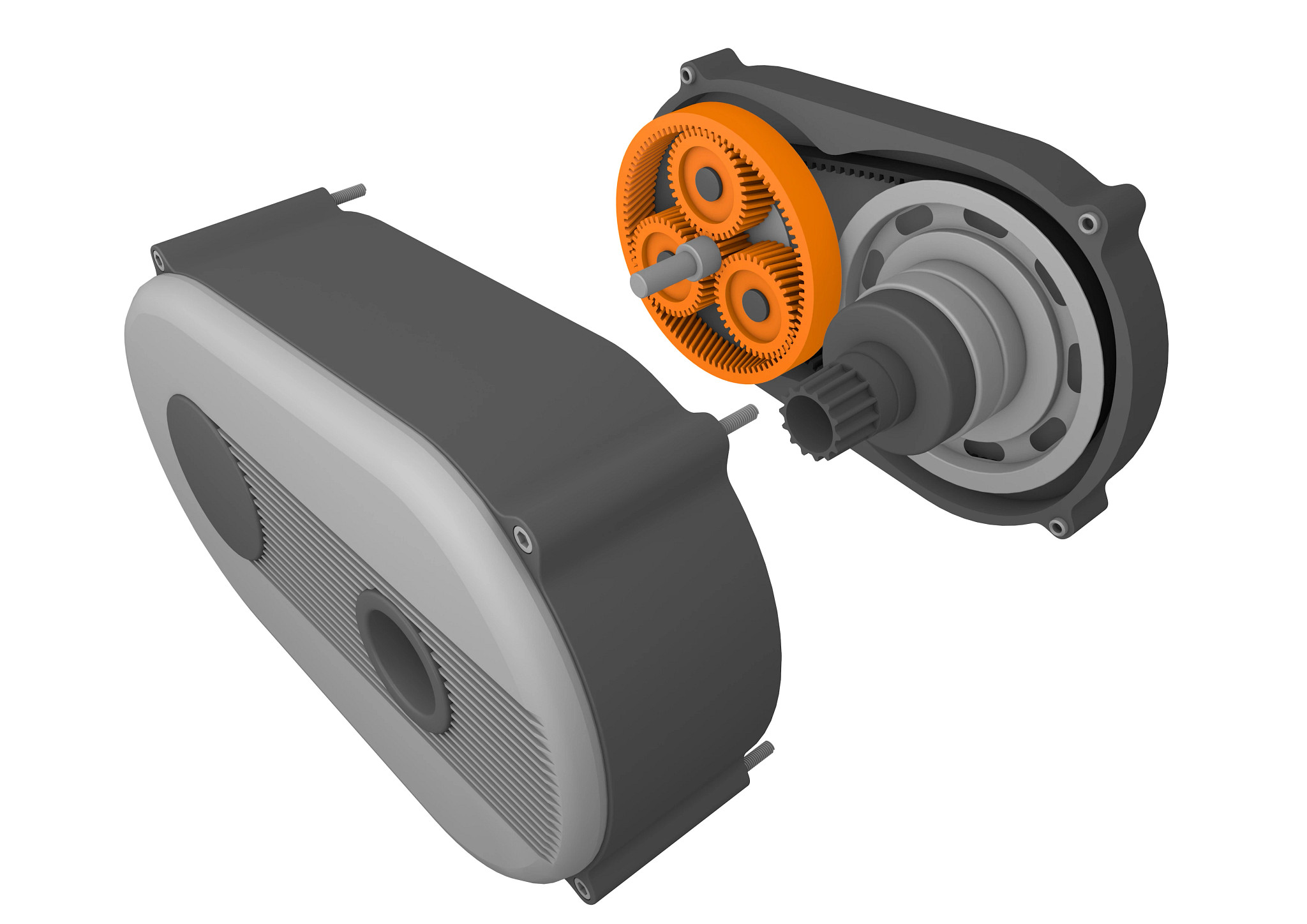_DE_1.jpg?h=400&crop=no&w=570&quality=80)
9 Motor/Drive
9 Motor/Drive
iglidur gears
Low coefficient of friction
Low moisture absorption
Quiet
Lightweight
Lubrication-free
Custom production: injection-moulded, 3D-printed, turned or milled
9 Motor/Drive
New 3D printed gears in e-bike motor

10 Pedals
10 Pedals
Plain bearing iglidur J3
Excellent friction coefficients
Excellent wear resistance
Low moisture absorption
Good wear resistance under water and high media resistance
Resistant to edge pressure as well as shocks and impacts
Insensitive to dirt and dust
Lightweight
Lubrication-free
10 Pedals
Optimum performance with iglidur JB in Crankbrothers pedals





